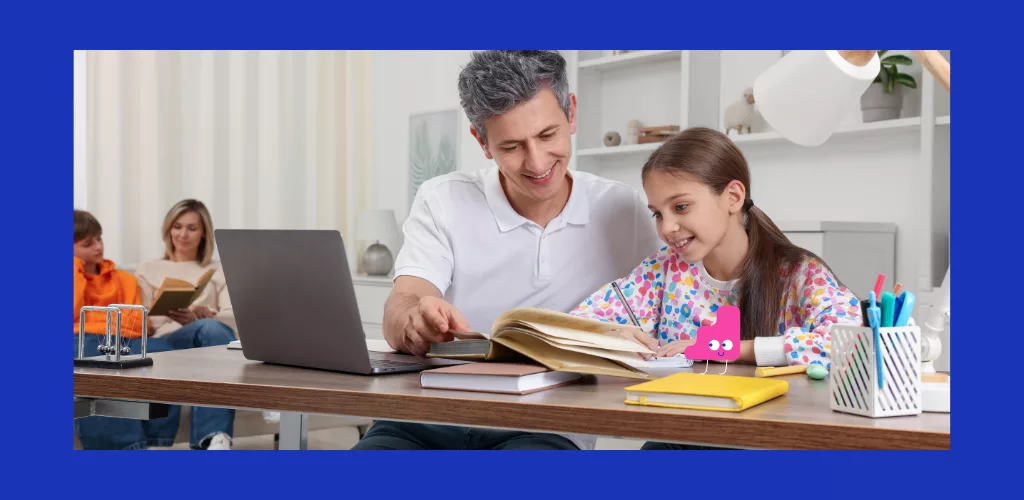Ensemble contre le harcèlement scolaire : Comprendre, Agir, Protéger
This article was written on the occasion of the Journée de Lutte contre le Harcèlement Scolaire.
We want to make you aware of this often overlooked reality and give you the tools you need to understand, act and protect your children.
The figures from the barometer on violence in schools published by the Apprentis d'Auteuil are chilling:
👉🏻 7 out of 10 young people have been victims of violence at school.
👉🏻 26% have been subjected to bullying, 15% to beatings, 14% to sexual violence.
👉🏻 71% of violence takes place in middle and high school, 25% in primary school and 6% in kindergarten.
👉🏻 69% of witnesses remain indifferent, and 38% even encourage the perpetrator.
The consequences are devastating:
👉🏻 Loss of confidence for 46% of victims.
👉🏻 Dropping out of school for 27%.
👉🏻 Decline in physical health for 22%.
👉🏻 Suicide: bullying is responsible for 2 deaths a month in France.
What exactly is harassment?
Harassment involves three crucial elements:
-
- Violence: Harassment can take many forms, whether verbal (insults), physical (blows), relational (social exclusion), or even online. The suffering felt by the victim is the most important criterion.
- Repetition: Even if the acts sometimes seem harmless, their repetition is unbearable. Harassment can take on a legal dimension when several people join forces to harass a victim.
- Isolation: Stalkers often target people who are different, whether because of their appearance, personality, origin or disability. They seek to weaken and isolate their victims.
What to do in the event of harassment
For the victim: There are different ways to react:
-
- Avoid justifying yourself, taking offence or getting angry to discourage the harasser.
- Work on your assertiveness and self-confidence to show the harasser that there are limits that must not be crossed.
- Talk to a trusted adult.
- Call an emergency number (3020 or 3018 for cyberstalking).
However, it is essential to understand that victims often find it difficult to talk about their situation for a variety of reasons, including shame, guilt or fear of upsetting those around them.
The people around you play a crucial role:
-
- Spot even the most subtle signs of harassment, such as changes in behavior, isolation, eating or sleeping disorders, etc.
- Avoid reinforcing harassment by being a complacent witness.
- Actively oppose the harasser.
- Encourage the victim to talk to a trusted adult, or to call 3018, even if you're not directly involved.
The government has announced a comprehensive program to combat bullying in schools, including :
-
- Forming a protective community around students: at least five resource staff per middle school and 1st grade district are trained to deal with bullying situations using the Shared Concern Method (SCM). This non-blaming method is characterized by great concern for the target student, which is shared with the bullying students. These students become active players in resolving the situation. This method has proved effective in dealing with the vast majority of situations encountered;
- Drawing up and implementing a protocol for dealing with harassment situations;
- Education, with 10 hours of learning per year devoted to prevention and thedevelopment of pupils' psychosocial skills;
- Raising awareness through workshops for families and staff;
- Training student ambassadors (in middle schools only).
At Soft Kids, we're part of this approach, since our applications for primary and secondary school classes include 2 programs to prevent bullying at school.
45-minute educational sessions are available in our "Stop Harcèlement/diversité et inclusion" and "Vivre ensemble" programs .
As adults, we need to join forces to fight school bullying and provide a safe, caring environment for our children. Together, we can make a difference.
Join us in the fight against bullying by sharing this newsletter to raise awareness of this crucial cause.
Together, we must take action to prevent this day from happening again!
We're all concerned, so let's take preventive action in our own homes
The Soft Kids team 🌈




0 comments